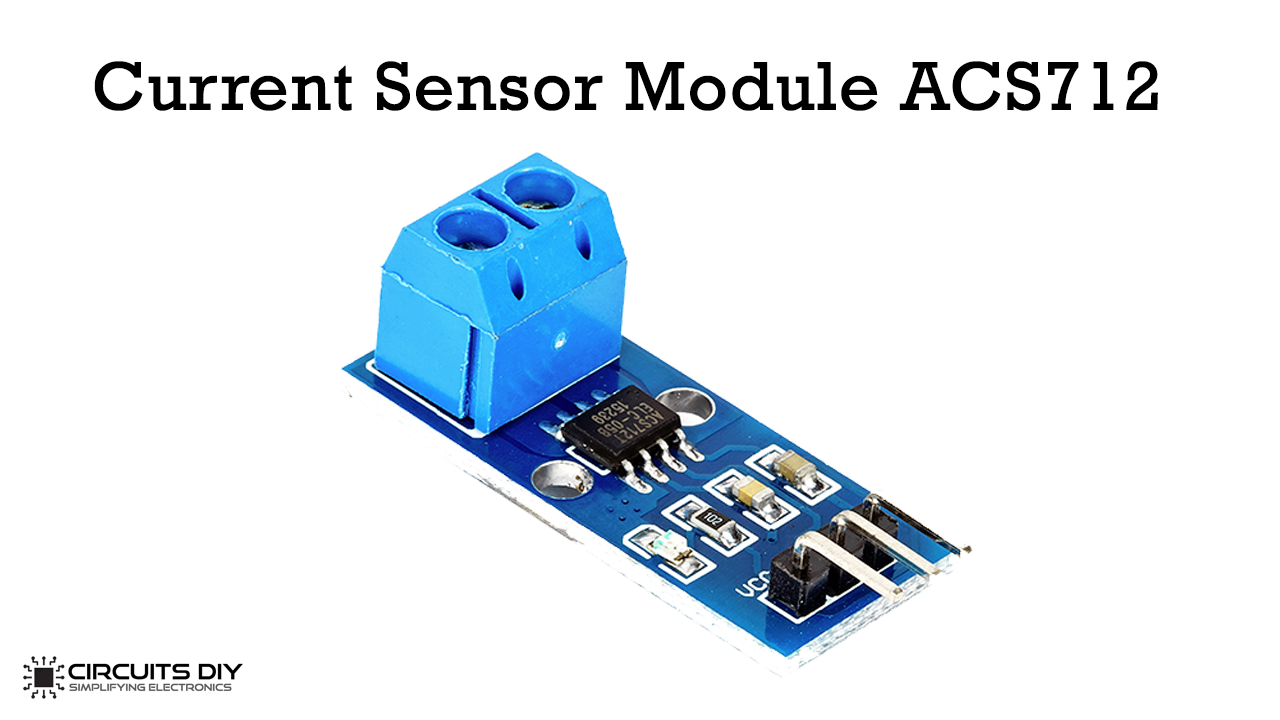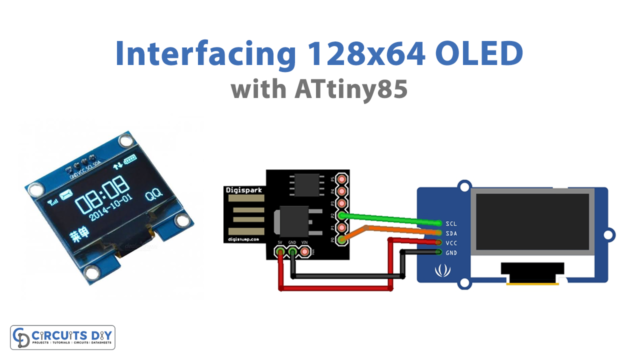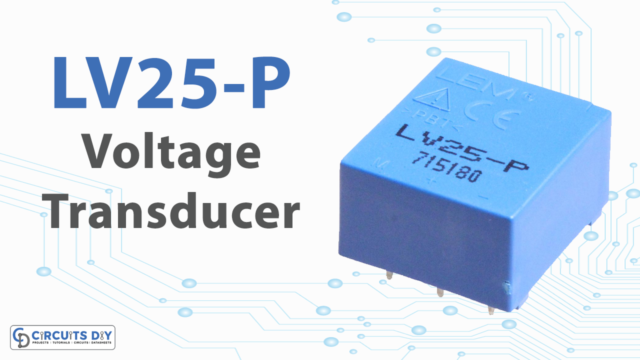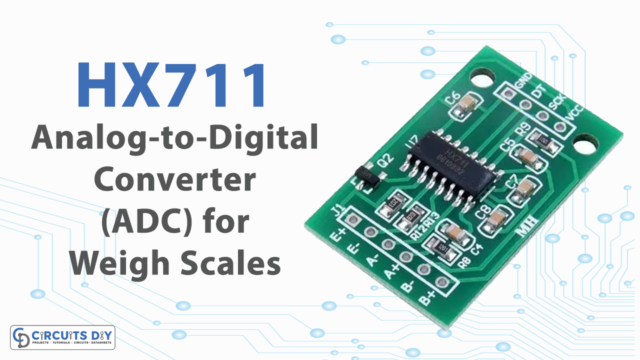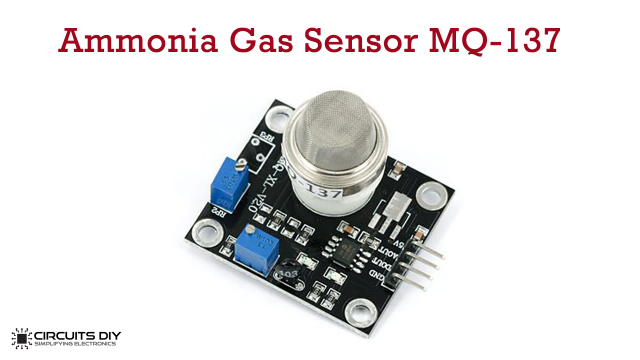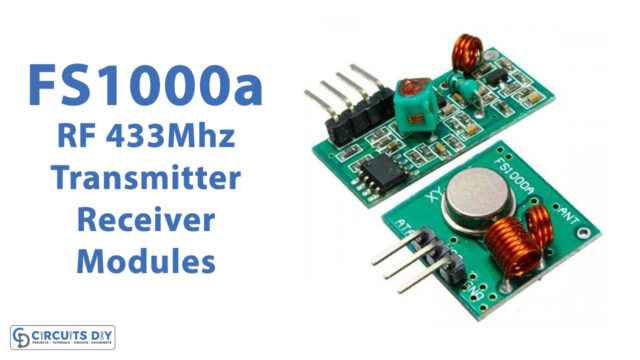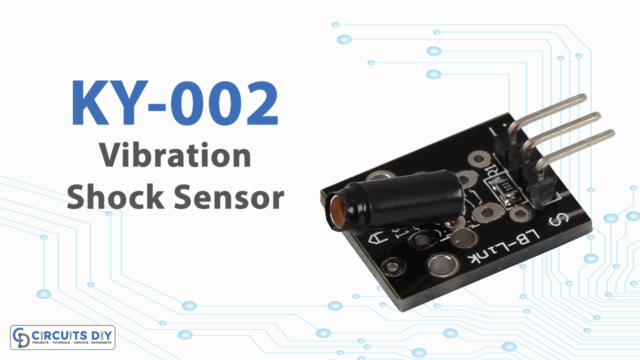Current Sensor Module ACS712 is a kind of sensor that interacts with electrical parameters. ACS712 current sensor module can measure the current passing through a node. ACS712 is a compact size module with the simplest interface. Working with the ACS712 sensor primarily based on Hall Effect Principle.
ACS712 module can measure both the Alternating Current (AC) and Direct Current (DC) ranging from -5A to +5A, -20A to +20A and -30A to +30A. The output of the module varies from 0V to 5V depending upon the current passing through the measuring node.
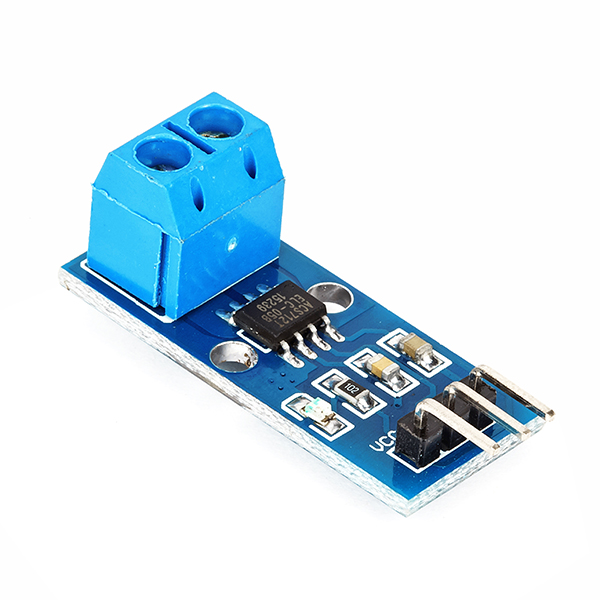
Working:
As we get analog output from the sensor which is in Volts, we need to convert it into our measure current. For this let us take the output pin of the sensor is connected with 10-bit ADC pin of the controller and it operates at 5V. 10-bit ADC can give a value from 0 to 1024. using this formula we can find VOUT of ADC: VOUT (mV) = (ADC_value /1023)*5000.
From VOUT We can then Calculate the current flowing from the wire by this formula:
Measured Current (A) = (VOUT (mV) -2500)/Scale Factor of the module
Scale Factor:
- 5A Module: 185mV/Amp
- 20A Module: 100mV/Amp
- 30A Module: 66mV/Amp
Features of Current Sensor Module ACS712
- Range of Module Available: 5V, 20V, and 30V
- Small Size Module that can fit in any place
- Simplest Interface
- Isolation from the Load to prevent damage to the module
Pin Description:
- VCC: Input Voltage
- GND: Ground
- Output: Analog Output
- Wire In: Inlet for the current to be measured
- Wire Out: Outlet for current to be measured
Specifications:
- Input Voltage: 5V
- Input Current: 10 mA
- Analog Output: 0 ~ 5V
- 2.1 kV RMS Voltage Isolation from the load to Sensor
Applications & Uses:
- Current Measuring Devices
- Auto Power Showdown Systems
- Digital Power Breakers
- Prototyping of Robots/Autonomous Machines
- Circuit Breakers

